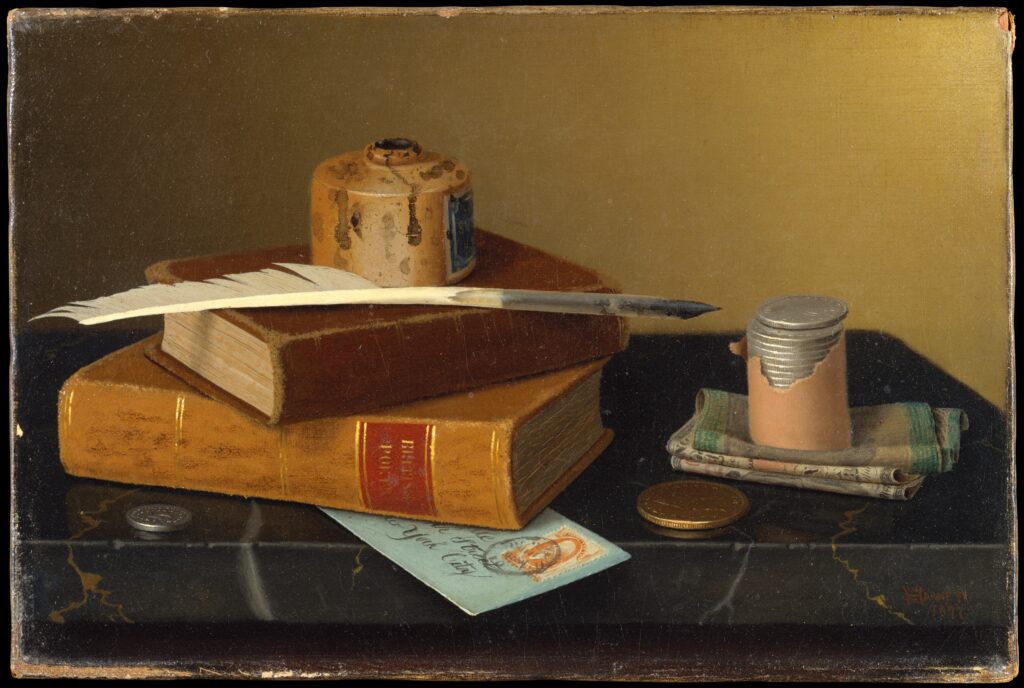Below are some examples of my academic work. These writings cover rhetoric, research, and various other facets of my scholarly pursuits.
First Sentences Essay
This paper was for ENGL 3046: Modern English Grammar. The assignment asked me to select a handful of first sentences and analyze how grammar, syntax, and style affect the opening lines. I chose sentences from multigenerational family sagas and analyzed grammar’s role in establishing various elements of fiction (such as character, setting, theme, and voice).
Reflection: The freedom in this assignment proved to be extremely beneficial when discovering the impacts of grammar at the start of a story. I chose multigenerational family sagas because of their scope in narrative; I wanted to better understand where long stories tend to start. Furthermore, the assignment required me to conduct close reading to the most scrutinizing degree: every comma and word choice was evaluated. I now found myself using a similar lens when revising my own writing or copyediting a piece.
Rhetorical Analysis of SWOT Memo
This was an assignment for ENGL 2159: Intro to Professional Writing. For the assignment, I had to rhetorically analyze a SWOT (Strengths, Weaknesses, Opportunities, Threats) situational analysis. I formatted this assignment as a memo; my analysis discusses not only the effectiveness of ethos, pathos, and logos, but also the implications of audience, purpose, and context in the SWOT memo. After my rhetorical analysis, I contextualized what lessons could be learned from the SWOT memo from the lens of professional writing.
Download the SWOT memo and see my work below.
Reflection: I really appreciated how this one assignment worked three separate functions. First, the rhetorical analysis reminded me that rhetoric is present in all writing and must always be considered. Even simple correspondence between coworkers and/or employers inevitably (though not always effectively) leverages ethos, logos, and pathos in many ways. Second, by analyzing a SWOT memo, I learned not only proper formatting for my own SWOT analyses, but also how to correctly identify strengths, weaknesses, opportunities, and threats when evaluating a situation. Third, I became familiar with professional memo formatting.

